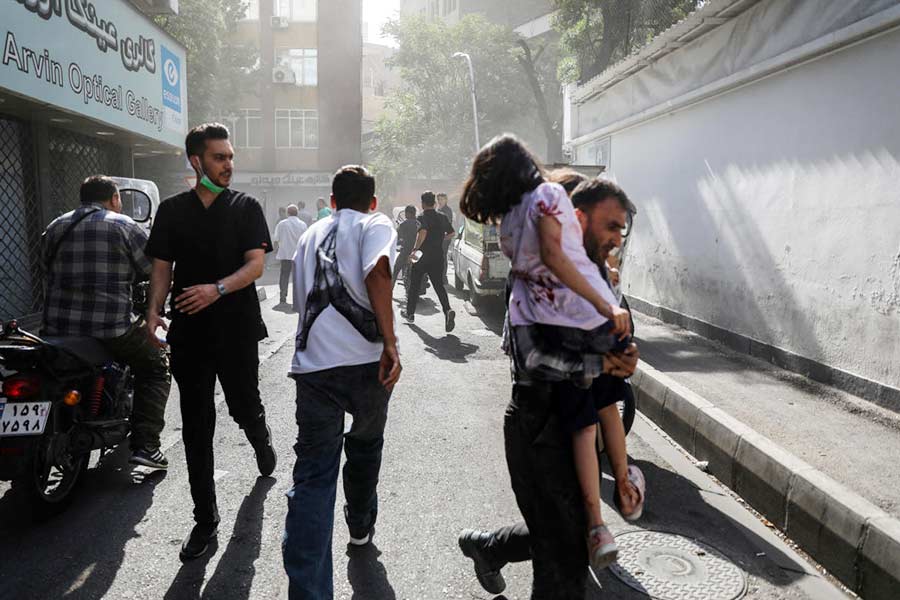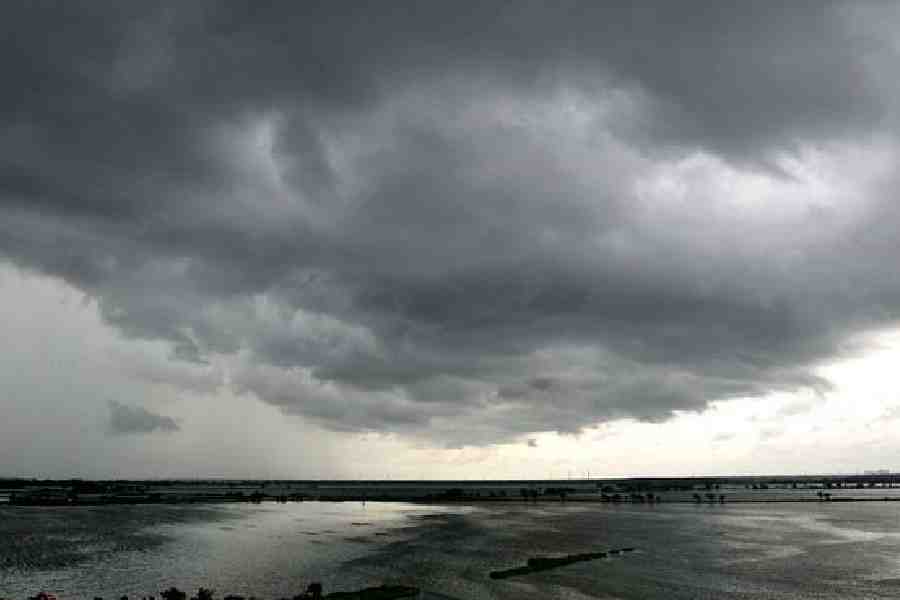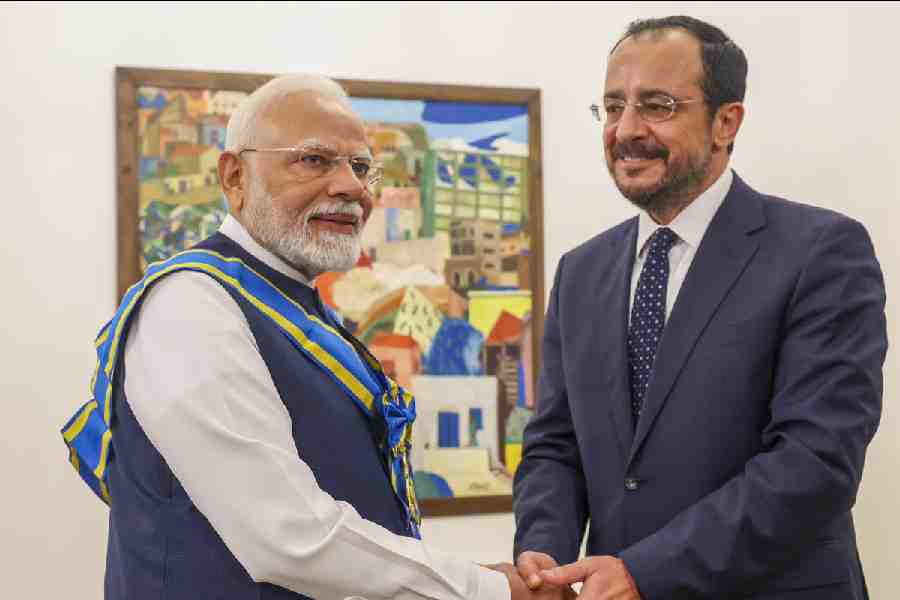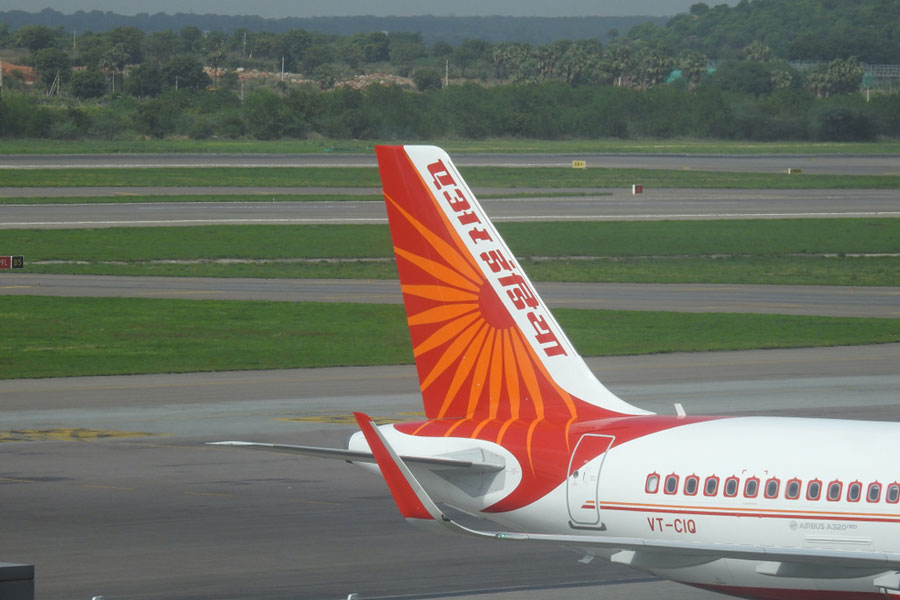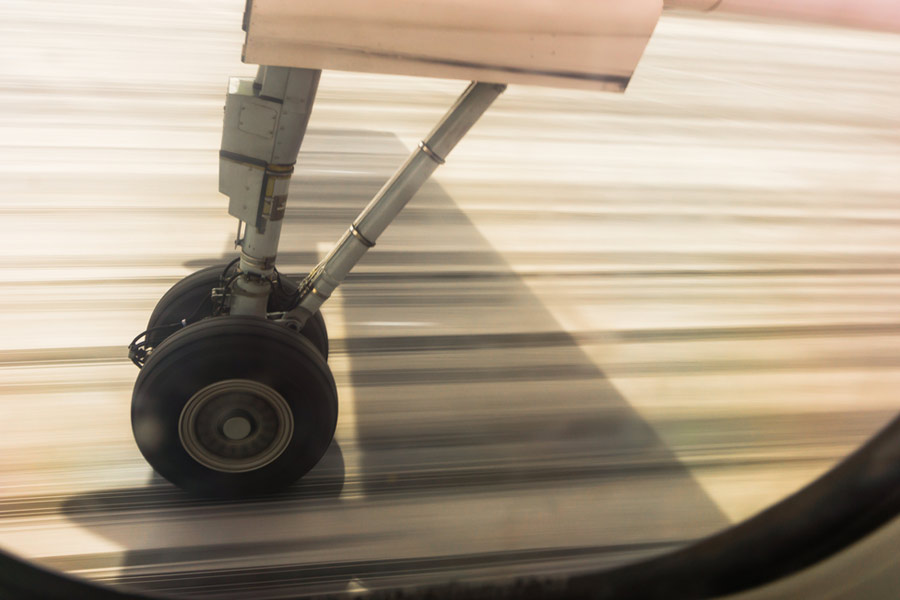 |
| Aerial view of Dasve, the first town that was developed as part of the Lavasa project |
Mumbai, Dec. 2: A picturesque site that caught the eye of a chopper-borne Sharad Pawar has become an unlikely setting for a turf war that will decide the scope of the Union environment ministry’s power and reach.
At the root of the dispute is a township being built by Lavasa Corporation in the Sahyadri mountains, an hour’s drive from Pune.
The environment ministry headed by Jairam Ramesh, who has been at the centre of a development debate because of his department’s perceived reluctance to clear projects, last week sent a showcause notice to Lavasa, asking why the township “should not be removed forthwith in entirety”.
Construction magnate Ajit Gulabchand, who heads Lavasa, has signalled he isn’t going to be browbeaten by the Union ministry — not after investing Rs 3,000 crore in an effort to transform a rural area of Maharashtra into an upscale hill town.
The company has moved Bombay High Court, which is scheduled to take up the case tomorrow.
Among the complex issues being debated, two stand out: whether construction on 47 hectares (a minuscule portion of the project spread over thousands of hectares) is being carried out above 1,000 metres and if Lavasa had spent only a small percentage of the total project cost in 2004.
If the answer to both questions are in the affirmative, the Union environment ministry feels it is its business to intervene.
However, the controversy has dimensions that go beyond questions that can be settled using an altimeter or the services of a chartered accountant.
Pawar, who was completing his fourth term in the early 1990s as Maharashtra chief minister when he chanced upon the backwaters during a helicopter ride scouting for potential tourism locales, is now a central minister and a UPA ally.
Pawar has apparently complained to the Centre that the showcause was sent without consulting him to embarrass him.
He had introduced Gulabchand — the grandson of industrialist Walchand Hiralal, and a close personal and family friend from his Baramati days — to the site. Gulabchand, managing director of the Hindustan Construction Company and known for his flamboyance and ambition, planned the lake city project.
The family of Pawar’s son-in-law, Sadanand Sule, was once associated with the project. “Sadanand Sule’s father was a director with HCC, and that’s how Supriya (Pawar’s daughter) and Sadanand Sule were among the initial promoters in 2002. They offloaded their stakes in 2004,” a Lavasa spokesperson said.
Sources in Pawar’s Nationalist Congress Party (NCP) said he would take up the matter with all his might and see to it that the project comes to fruition.
The Union environment ministry has said the Lavasa project violates rules relating to the altitude of the project area and the amount of work that had been completed by July 2004.
The ministry has cited a collector’s report that says 47 hectares of the project area are above 1,000 metres, which is against the environmental clearance issued by the Maharashtra government in March 2004.
A Union environment ministry notification issued on July 7, 2004, said projects where construction had not started or expenditure did not exceed 25 per cent of total sanctioned cost would require clearance. According to the ministry, on July 7, 2004, Lavasa had incurred an expenditure of Rs 115 crore out of total sanctioned cost of Rs 2,153 crore — 5.3 per cent — thus making it liable to seek permission from the ministry.
Lavasa says its project does not go above 1,000 metres, and that since it has approval from the state under hill station regulations, it doesn’t need permission from the Union ministry.
The company has said its project lies below 1,000 metres and has pointed out that the Union ministry had itself approved a 110KV transmission line in March 2009, and a tunnel in June 2010, both connected with the project.
The Maharashtra government had granted environmental clearance to the project under the Hill Station Regulations in March 2004 which, Lavasa has said, are also part of central law under the environmental protection act.
Lavasa has responded to the ministry’s six-page notice with a 35-page document that challenges the ministry’s authority to question the project, and puts forward economic, environmental and even law-and-order reasons why it should be allowed to continue.
The company has also cited 23 approvals and no-objection certificates it has obtained for project-related activities from local and state bodies — and two approvals from the Union environment ministry itself.
The proposed hill station is expected to cover 12,500 acres, across seven hills and 18 villages cupping Warasgaon lake, about 215km from Mumbai. Some residential blocks in the hill city will be ready for occupation soon.
In November 1996, the Shiv Sena government in Maharashtra framed the Hill Station Regulations under the Maharashtra Regional and Town Planning Act of 1966 — a notification that envisages the creation of hill stations to promote tourism. The Sahara Group’s Amby Valley near Lonavala was the first hill station resort created under these rules.
In its response, Lavasa has pointed out that the Union environment ministry had clarified to Sahara that Amby Valley did not require any environmental clearance under the 1994 rules. Lavasa has contended that the same principle should also apply to its project.
Lavasa will be a city with homes, schools and hospitals. The residential units range from 300-2,000sqft apartments to 4,500sqft villas for low, middle, and high-income groups.
“It is misleading to say Lavasa is meant only for the super rich. We have apartments starting with rentals of Rs 500 to studio apartments starting at Rs 16 lakh and above and villas,” a Lavasa spokesperson said.
One part of the project — Dasave town — is expected to open in 2010-11, while the entire Lavasa project is expected to be completed by 2020-21, and projected to have a permanent population of 300,000 residents with an annual inflow of 2 million tourists.
The project has also engaged companies like Deloitte and Accenture as advisers and tied up with others across domains, including the ITC and Hilton groups in hospitality, Apollo Hospitals, Oxford University, Swiss Ecole Hoteliere de Lausanne, and the Calcutta-based NSHM Knowledge Park in education.
Spaceworld, a 65-acre edutainment park powered in part by Nasa, is expected to woo visitors with space tours among other attractions.
Gulabchand and his daughter, Shalaka, Gautam Thapar of the Avantha Group, Anuradha Desai of Venkateshwara Hatcheries, and Vithal Maniar are among the directors of Lavasa Corporation.
Environmental groups concerned about its impact on the local environment and water bodies have alleged that the Maharashtra government has favoured the project, at times tweaking rules to facilitate it. One activist points out, for instance, that one set of rules specifying that no trees should be cut for such projects were revised with the words no trees should be cut “as far as possible”.
 |
| The Lavasa lakeside promenade |
“The state government has favoured it without applying either head or mind,” said Vishwambhar Chaudhuri, an environmental scientist with the National Alliance of People’s Movement which complained about the project to minister Ramesh.
Ramesh’s ministry quizzed the Maharashtra government, and sent a showcause notice to Lavasa Corporation, saying the project had violated environmental rules of 1994 and 2006, including one relating to construction activity above 1,000 metres.
A source in the environment ministry said the company had only provided a “typical legal response” to a showcause notice. “The response is not causing us any worry — the showcause notice stands,” the source said.
Lavasa has also said the project is implementing water harvesting and soil conservation, and employs more than 7,000 local people at the site. “Sudden loss of employment to thousands of workers may result in breach of peace and other evil consequences,” the company said.
It has, the company said, invested Rs 3,000 crore, and other investors, including public sector banks, have invested Rs 2,690 crore in the project. The huge costs of construction would be a “national waste” if the show cause notice is implemented, the company has said.
But environment activist Medha Patkar, who has been campaigning against the project, says it merely represents a disturbing trend visible in India. “The state facilitates projects run by corporates, turning a blind eye to the impacts on the local environment, and the profits are shared between corporates and the political parties.”


